I have a custom UITableViewCell layout that looks like this. It has three labels.
Label 2 is an optional one. It's not present in every cell. So I want to hide that and move the Label 1 down a little to be center aligned with the Label 3 when that happens.
Here are the constraints I've added for each label.
Label 1
Label 2
Label 3
Notice I have added an extra constraint, Align center to Y with the value of 0 to Label 1 and have set its priority to 750. I figured if I remove the Label 2, that constraint with the lower priority will take its place and move down.
class TableViewController: UITableViewController {
override func viewDidLoad() {
super.viewDidLoad()
}
// MARK: - Table view data source
override func tableView(tableView: UITableView, numberOfRowsInSection section: Int) -> Int {
return 3
}
override func tableView(tableView: UITableView, cellForRowAtIndexPath indexPath: NSIndexPath) -> UITableViewCell {
let cell = tableView.dequeueReusableCellWithIdentifier("Cell", forIndexPath: indexPath) as! CustomCell
if indexPath.row == 1 {
cell.label2.removeFromSuperview()
cell.updateConstraints()
}
return cell
}
}
But it doesn't seem to work. Label 2 is removed but Label 1's position is still the same.
How can I accomplish what I'm after?
Attempt #1
As per Mr. T's answer below, I added a top constraint to the Label 1. And then in the cellForRowAtIndexPath method, I changed it's value.
override func tableView(tableView: UITableView, cellForRowAtIndexPath
indexPath: NSIndexPath) -> UITableViewCell {
let cell = tableView.dequeueReusableCellWithIdentifier("Cell", forIndexPath: indexPath) as! CustomCell
if indexPath.row == 1 {
cell.label2.removeFromSuperview()
cell.topConstraint.constant = cell.bounds.height / 2
cell.layoutIfNeeded()
}
return cell
}
But this didn't work either.
